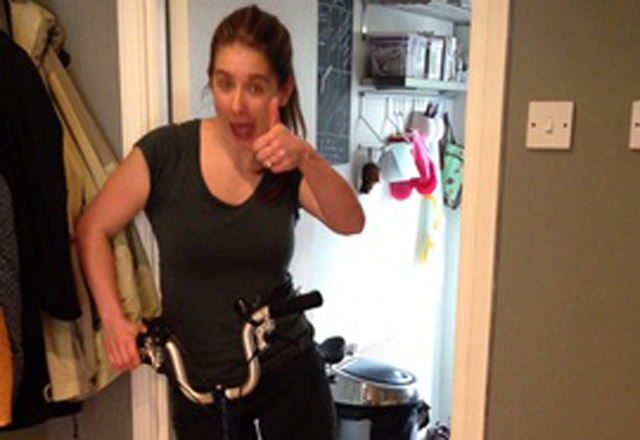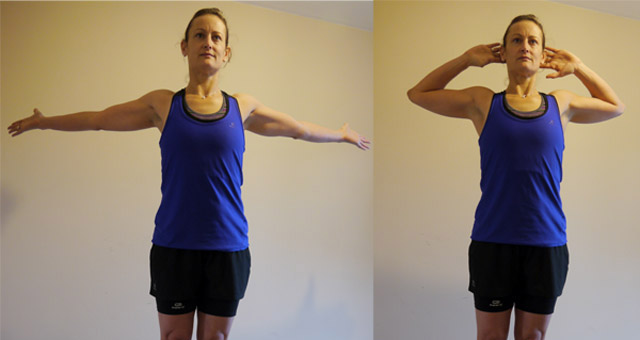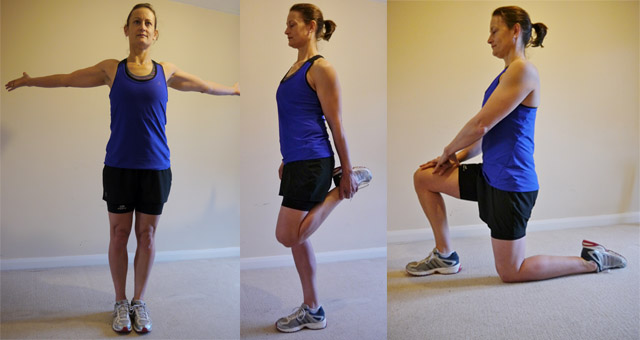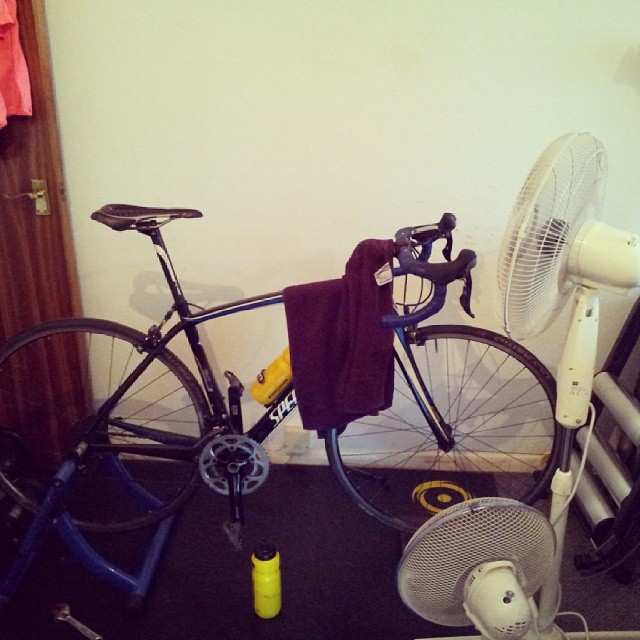The fact that you’re reading this probably means you’ve had a cycling-related ache or pain. You’re not the only one. If you want to avoid injury on your bike, there are a few things to think about, and cycling physiotherapist Anne Dickins is at hand to help.
The set-up of your bike is an important element, which can help and hinder, but as important is having the requisite strength and flexibility to get into the right and comfortable position on the bike.
This time we’re looking at the strength part. Click through to discover the theory, the practice and a selection of exercises that will help strengthen your core and help you avoid cycle-related injuries.
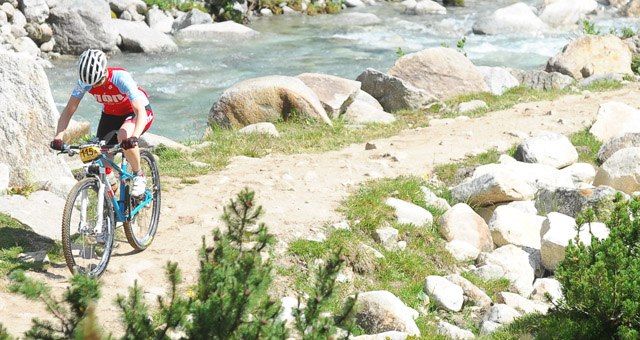
Core strength – the theory
There are two basic types of muscles; the ones that hold you – the core – and the ones that move you – your arms and legs. In cycling, the core has to be able support your body whilst your leg muscles do the pedalling and, to a lesser degree, your arms do the steering. It’s your core strength we’re interested in here.
Pedalling is a movement that our bodies aren’t actually designed to do. It’s a movement of the legs where you are fixed via your feet and saddle, it’s repetitive and it’s only in a straight line, whereas even walking incorporates some rotation. As well as that, you’re torso is in a flexed position with your body-weight supported through your hands, pelvis and feet.
As our cores aren’t ‘designed’ to support us either in this position or to do these pedalling movements it means that cyclists typically have weak cores and imbalances between overly strong and weak muscles. It’s actually pretty unusual for cyclists to be able to activate their core muscles, breathe and move their arms and legs at the same time.
But so what? If our cores aren’t meant to work like this then why should we make them do any different? Well, at best a weaker core means that your leg strength is wasted as you don’t have something solid for them to push against, the equivalent of having a spongy pedal or flexible crank.
At worst a weaker core can lead to discomfort or injury – our article on how a lack of back and shoulder strength can lead to hand pain and a poorly functioning core explained how these cause commonly experienced knee, back and neck pain in cyclists too.
So a strong core is good – it will make us ride faster and hurt less.


